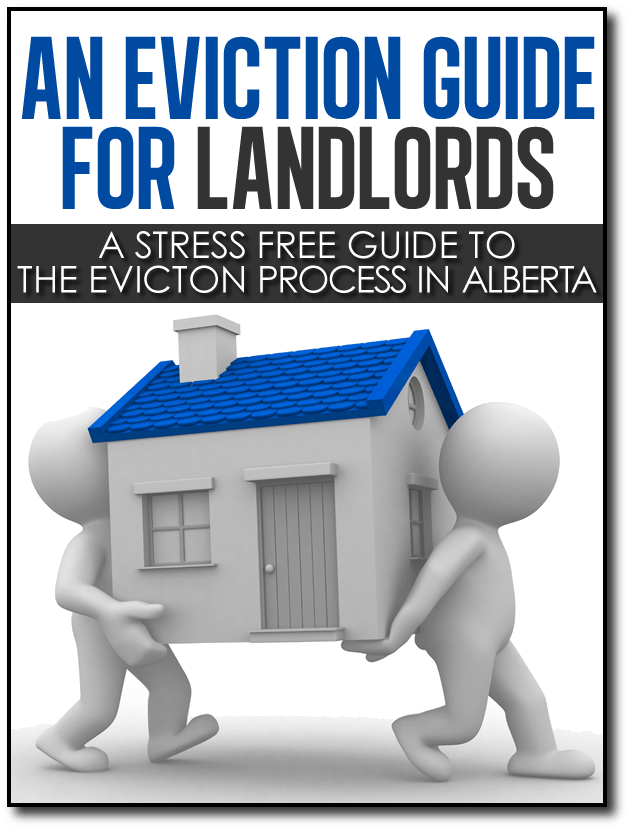June marked the sixth month in a row of increased Real Estate sales and this continues to help keep the Calgary and area Real Estate market sitting in a balanced environment. As I discussed before a balanced market is where we have approximately 2-4 months of inventory for sale versus the 11 months we reached at points last year.
When we have excess inventory, it is called a buyers market as buyers have a multitude of choices and sellers are at the buyers mercy. This type of market tends to drive prices down as competition heats up for the few properties that are getting sold. When we are short of inventory we have a sellers market and they can command higher prices as buyers have less choice and more buyers are competing on a single property.
The result of a balanced market is we no longer hear tales of buyers submitting low ball prices with all kinds of conditions and sellers accepting the offer. More sellers are sticking to their guns and not budging and there are even occurrences of multiple offers on some properties coming up again.
Does this signify the boom is back, the recession is over and life is moving forward? Or is it just an indicator of how short our memories are? Perhaps it’s a bit of both. Time does heal all wounds and we have been in the midst of this recession for awhile. Another option is we may becoming used to it and it’s not quite as bad as it sounds.
Part of the government strategy to fuel the economy was the lowering of interest rates to stimulate purchasing and the borrowing of money which then leads to accelerating the flow of money through the economy. This was tied hand in hand with the money being pushed into capital projects which stimulate job growth. Together these have created cheap money for borrowers and more stability in some areas of the workforce.
When we look at some of the sales statistics, we can see that the majority of sales in single family homes are all occurring in the $399,999 price range and lower. Now while this sounds quite high, with today’s current low interest rates the payments can be deceptively low. Even using a CMHC 10% down payment mortgage a property at the top of this range would require payments of just over $1,600 a month based on a 35 year mortgage.
This only requires a family income of around $60,000 to qualify for and when considering a year ago the monthly cost of this mortgage would have been closer to $2,000 a month you can see why many home buyers are excited. Two and three years ago these potential buyers were priced out of the market by the combination of higher (compared to now, but not historically) interest rates and prices that had skyrocketed.
Now they are suddenly finding homes that fit into their budgets. This coupled with the headlines and news stories about the housing market rebounding and interest rates starting to increase have home buyers jumping in before they find themselves priced out yet again. It’s not about the price of the home; it’s what the individuals purchasing the property can afford and homes have suddenly become affordable for many.
So what will happen to these homeowners as interest rates change and move upwards? Will they suddenly find their homes unaffordable again and be forced into selling, defaulting or some other dubious situation? For the majority there won’t be any difference for three, five or possibly ten years, all depending on just how long they have locked their mortgage in.
By that point, we will have passed through the current recession and we may be left with some fallout from our current economic situation. To battle the pending inflation that will in all likelihood result from the current recession we will be seeing interest rates rise once the economy is in a recovery stage. This will affect homeowners when they go to renew their mortgages in the next few years. The outcome of this could be mortgage payments that increase by several hundred dollars per month or more, all depending on the mortgage size and the amount rates end up increasing.
But three or more years out is a long time from now and the economic situation could be quite different again by then. Historically following recessions there is always growth in the economy, which leads to more jobs, which leads to more money flowing and to increased values in properties. Not 35% per year growth but at least steady single digit percentage growth.
So maybe by then, the house has gone up another 10%, the mortgage has been paid down many thousands of dollars, wages have increased and their home is still affordable after all. Maybe, just maybe they will be happy they didn’t listen to the people who told them to continue renting and that prices were too unaffordable.



Bill, tell me you’re not advocating a 35 year mortgage! That’s what got us into this mess in the first place… No 35 year mortgages, no 40 years, no interest only…. Those are evil.
If people can’t afford it, they can’t afford it. People shouldn’t leverage themselves again.
I don’t have a problem with 35 year mortgages, I think they have a place in today’s market and they are allowing people to get into properties that they couldn’t afford otherwise.
The extended amortization periods for these mortgages isn’t what caused the mess, it was the expectation that values only go up that caused the problem and the lack of education of buyers. That coupled with the greed of the system helped push everything over board. This greed refers to the US system (and apparently the UK system) of encouraging people who couldn’t afford homes to buy them with NINJA mortgages (No Income, No Jobs and No Assets), then profiting from signing, selling and repackaging the mortgages.
While some of this did go on in Canada, the regulations here made it far more difficult and less of an issue here. Which is also why the real problem sub-prime mortgages (Adjustable Rate Mortgages’s specifically) never could take a foot hold here. Our conservative bank policies which were laughed at by much of the world during boom times have now become a model many countries wished they had followed. I’m still on the fence about many of them.
I’m pretty sure when 25 year mortgages came out everyone then also said it was crazy, with the same arguments that if people can’t afford it, they can’t afford it. It was only in the 1930’s that mortgages lengths were only 3 to 5 years and required 50% down payments, so things have changed considerably.
As a final comment on 35 year amortization terms, I think anyone getting one of these mortgages should understand the huge amount of additional interest they will end up paying. As a home owner they should be looking at any method they can to make additional payments that go directly to the principal to offset the longer term, rather than blindly carrying it out to full term.